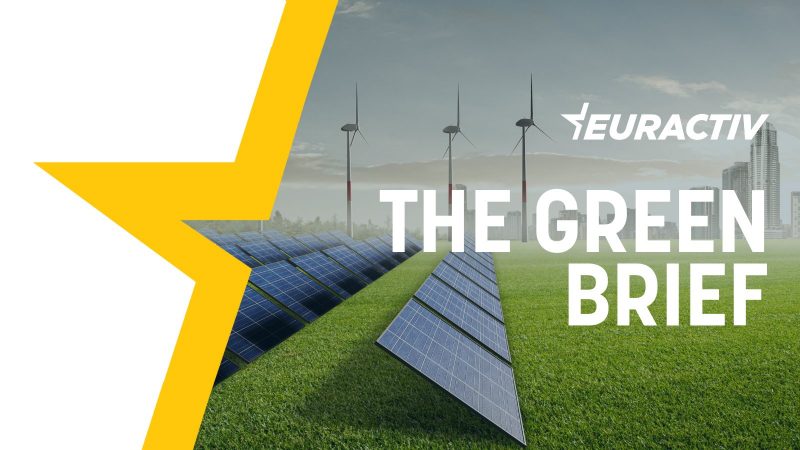Policymakers must manage expectations about the hydrogen economy, or risk hitting a wall when market realities contradict their ever-greater ambitions.
Last year, the European Commission set an ambitious target: to produce 10 million tonnes of renewable hydrogen by 2030 on European soil and to import 10 million tonnes by the same date.
Where are we ?
According to German Vice-Chancellor Robert Habeck, “the hydrogen train has left the station”. Speaking to lawmakers in the Bundestag last week, the Green minister said he expected the hydrogen economy to provide “a great economic stimulus package for this republic and for Europe.”
The echoes are different in Paris, where the International Energy Agency (IEA) is located.
“Lack of policy support and growing cost pressures are putting investment plans for low-emission hydrogen at risk,” the IEA warned in its annual hydrogen report released last week. thus deviating from its usually optimistic point of view on the energy transition.
Even lobby group Hydrogen Europe appeared concerned, with its chief executive Jorgo Chatzimarkakis saying the report painted “a worrying picture of insufficiently rapid scaling of green and low-carbon hydrogen projects around the world.” entire “.
In short, the IEA found that global clean hydrogen projects are struggling to move from presentation slides to reality.
While “the number of announced projects for low-emission hydrogen continues to increase rapidly,” the agency warned that “installed capacity and volumes remain low as developers wait for government support before making investments “.
There are many reasons for this, such as rising inflation and supply chain disruptions.
But one of the fundamental reasons for the IEA’s pessimism is that the list of hydrogen use cases keeps getting shorter, as more and more sectors of the economy turn to direct electrification .
Klaus-Dieter Borchardt, former Deputy Director-General of the European Commission’s Energy Directorate, explained this at a recent Euractiv event.
“I remember when we started writing the hydrogen strategy for Europe, we had a lot of use cases, a lot. And over the years, one after the other, they got lost. What remains are industries that have absolutely no other choice,” he said, referring to steel, chemicals, scrap metal dealers and long-distance air and sea transport.
Unlike fossil fuels, hydrogen does not emit greenhouse gases when burned and can be almost entirely climate-friendly when produced by electrolysis of water using renewable electricity or nuclear energy. But the process is energy-intensive, making hydrogen expensive and unattractive for investors.
Furthermore, current hydrogen production is far from sustainable. Of the 95 million tonnes produced worldwide, 83% are fossil fuels and pollutants, while less than 2% can be considered sustainable.
And instead of courageously moving toward a green future, the global hydrogen economy is going backwards. In 2022, fossil-based hydrogen production increased by only 3 million tonnes, despite billions of taxpayers’ money spent cleaning up the sector, according to the IEA report.
As fossil hydrogen is one of the most polluting fuels available, its production of 95 million tonnes results in CO2 emissions of over 900 million tonnes, more than the emissions of Indonesia and the United Kingdom. United united.
If we examine the list of projects announced until 2030, we see that barely 6% of them are operational or have been the subject of a final investment decision. The remaining 94% are just documents gathering dust on a project manager’s cramped desk.
The IEA attributes market reluctance to the global energy crisis, inflation and supply chain disruptions, given China’s dominant position in the production of key minerals — such as iridium or scandium — necessary for the production of clean hydrogen.
Make no mistake: the transition to clean hydrogen will be a challenge, but that does not mean society should give up. The companies consuming hydrogen today are slowly evolving behemoths. We must start ridding them of polluting substances as soon as possible.
But as for the green transition, which politicians still sometimes try to present as a painless transition towards a society without shortages, reality must set in.
The production of clean hydrogen is useful and inevitable. But it will not be “a great economic stimulus” for Germany and Europe. Politicians must face the facts or suffer serious head trauma when they hit the wall.
This article is originally published on .euractiv.fr


